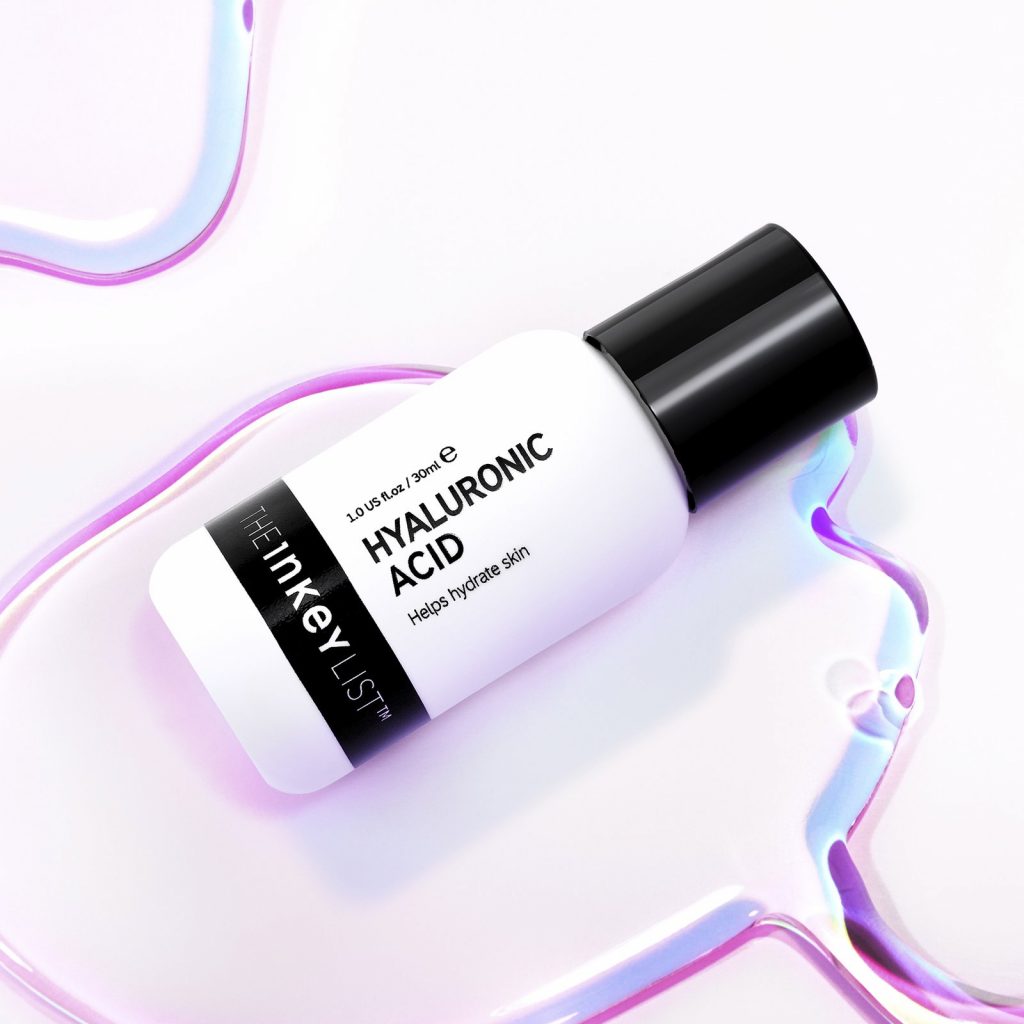HYALURONIC ACID
Hyaluronic acid is a substance that is naturally present in the human body. It is found in the highest concentrations in fluids in the eyes and joints. The hyaluronic acid that is used as medicine is extracted from rooster combs or made by bacteria in the laboratory.
The FDA has approved the use of hyaluronic acid for injection into the knee for patients with kneeosteoarthritis. It is also approved as an injection into the eye for patients with cataracts.
People use hyaluronic acid for various joint disorders, urinary tract
infections (UTIs), acid reflux, dry eyes, vaginal pain, aging, and many other conditions, but there is no good scientific evidence to support these uses.
How does it work ?
Hyaluronic acid works by acting as a cushion and lubricant in the joints and other tissues. In addition, it might affect the way the body responds to injury.
Likely Effective for
- Cataracts. Injecting hyaluronic acid into the eye is effective when used during cataract surgery by an eye surgeon.
- Swelling (inflammation) and sores inside the mouth (oral mucositis). Hyaluronic acid is effective for treating mouth sores when applied as a gel or used as a rinse.
Possibly Effective for
- Aging skin. Some research shows that injecting a specific hyaluronic acid medical device (Juvéderm Ultra Plus, Allergan) into facial wrinkles can reduce wrinkles for up to one year. Hyaluronic acid has also been taken by mouth in combination with other ingredients. But it's not clear if this helps to reduce wrinkles.
- Dry eye. Most research shows that using eye drops containing hyaluronic acid up to 8 times a day helps to relieve symptoms of dry eye.
- Osteoarthritis. Hyaluronic acid can be injected into the joint by a healthcare provider to reduce joint pain and stiffness. Hyaluronic acid is approved by the FDA as a medical device for this purpose. But not all people seem to benefit from this treatment. Also, any improvement is usually short- term. Some early research shows that taking hyaluronic acid by mouth might reduce pain in some people with osteoarthritis. But not all research agrees.


REACH OUT TO US
Reach out to us to book your appointment. We will get back to you at our earliest.
